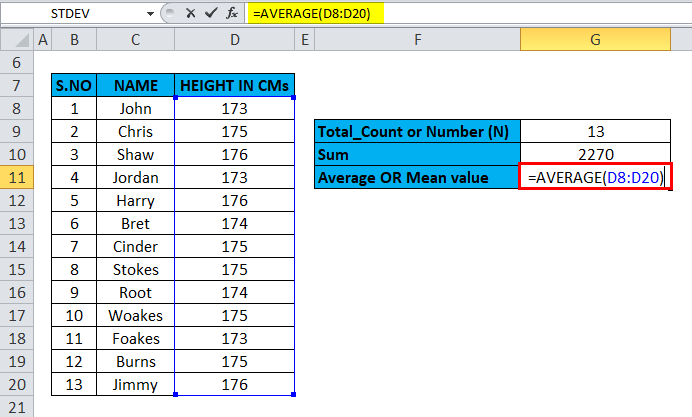

What are variance functions in Excel and what are they used for? How do variance functions work in Excel? To help you, let’s run through the basics.
Microsoft excel average and standard deviation how to#
How to calculate variance in Excel: A step by-step guide.Things to consider before using variance functions in Excel.How do variance functions work in Microsoft Excel?.What are variance functions in Excel and what are they used for?.While there are similarities between these functions, there are some important things to consider before you use them. For population variance, you’ll need to use VARP, VAR.P, or VARPA instead. If you’re working with a smaller sample, you’ll need to use VAR, VAR.S, or VARA functions to calculate variance. This is an important distinction, as the way Excel calculates variance will differ depending on the size of your data set. Excel allows you to calculate variance like this by using functions aimed at entire data sets (population variance) or a small subset of a larger group of data (sample variance). This has all kinds of uses for analysts, from determining the different ages in a group to working out the spread of returns in different investment portfolios. As this number grows, the variance grows with it. If the variance is zero, there isn’t any variety-all numbers are likely to be the same. In mathematical terms, variance is the calculation of how far a set of values is from the average value (the mean). We’ll explain how to use variance functions in this step-by-step tutorial. This is a great tool for data analysts, who can use Excel to calculate the variance using functions like VAR.S and VAR.P. Calculating variance allows you to determine the spread of numbers in a data set against the mean.


 0 kommentar(er)
0 kommentar(er)
